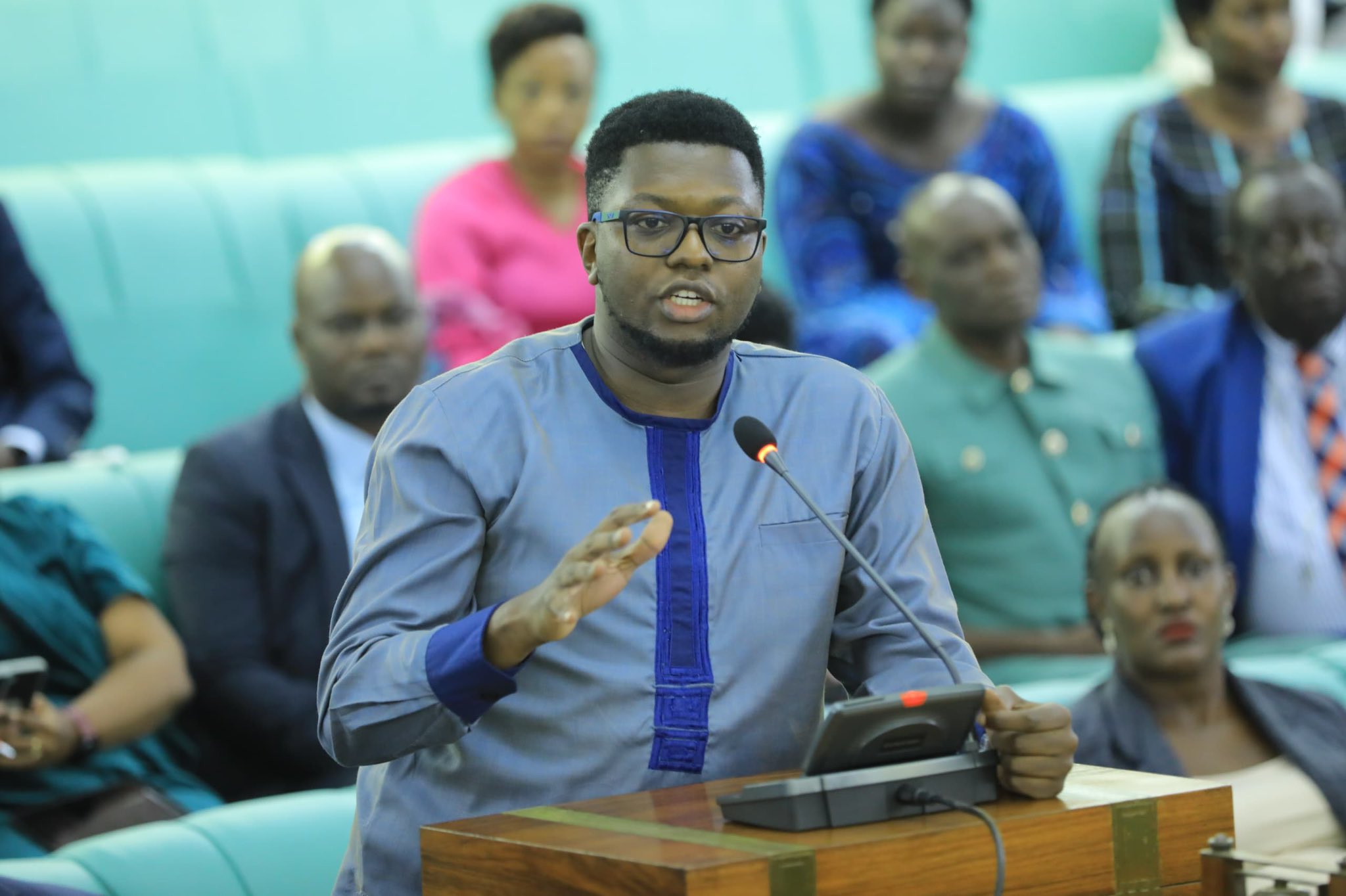Prime
Uncertainty as locals resettle in Bududa landslide-prone areas

Locals search for missing persons after landslides hit Buwali Sub-county in Bududa District in December 2019. PHOTO | FILE
What you need to know:
- Following the March 2010 landslide, the government relocated more than 3,000 residents to Kiryandongo. However, several of the survivors have returned to landslide-prone areas despite government warnings that the areas are still unhabitable.
In 2010, landslides wreaked havoc on many communities in Nametsi, Bundesi Sub-county, Bududa District, killing more than 300 people and hundreds others were displaced.
In a bid to prevent any more loss of life, the government decided to relocate the residents to Kiryandongo District despite fierce resistance from locals and leaders, who preferred to be resettled in the safer areas within Bugisu Sub-region.
More than 3,000 residents were relocated to Kiryandongo District. Each family was given 2.5 acres of land.
However, 13 years later, some of the survivors have returned to Nametsi despite the government and experts warning that the area is still not safe for habitation.
But the survivors say the areas where they were relocated were unhabitable and far from their ancestral homes.
“It’s a reality we will live with, come rain or sunshine. We are bracing ourselves for the unpredictable future,” Ms Josephine Nakuti, one of the residents says. She returned in 2019.
However, the area, like several other landslide hot spots in the sub-region, is developing cracks. Scientists have warned that these will continue to grow and trigger multiple landslides, especially during the rainy season.
In Bubiita Sub-county, a three-kilometre crack running through several villages to River Tsume has formed.
Mr Fred Gando, an environment expert, says resettling people in the area will worsen the degradation of the environment.
“The area was supposed to be gazetted by the government. They needed to plant trees and put in place stringent measures to ensure nobody returns to the area,” he says.
The Bududa LC5 chairperson, Mr Milton Kamoti Wasunguyi, says the district experiences rainfall of above 1500mm.
“There is high precipitation and surface runoff, which leads to landslides and flush floods given the nature of the topography and hilly terrain,” he says.
Ms Jane Murawa, a resident, says her parents died in the 2010 disaster but she decided to return to their land in Bududa because it was available and better than living in Kiryandongo.
“This area is fertile and we have never experienced hunger like how we did in Kiryandongo. If they want us relocated, it should be within Bududa,” she says.
Mr Joseph Welishe, another survivor, says he decided to go back because the government couldn’t support them in the camp where they had been relocated in Bukalasi Sub-county.
Financial support
“It was the responsibility of the government to provide financial support, food and shelter but they failed on their mandate, I think the government is either irresponsible or under-resourced so it is better we die here,” he says.
Ms Elizabeth Nabulonya, 50, another survivor, says the government should build shelters for them in safer places within Bududa so that they can access their land for farming.
“They make very exciting promises but fail to deliver on them. Where are the safe halls they promised to build for us to run to whenever it rains heavily? There is nothing about repeating the same promises whenever there are fresh disasters,” she says.
In October 2019, Tsuume Village in Bukalasi Sub-county was struck by landslide killing 55 people.
However, some of its residents have since returned to the area.
Mr Ronald Masongole, a resident, says one of the challenges they face is taking care of hundreds of orphans, whose parents perished in the disaster.
“Those who took up the responsibilities of taking care of the orphans failed and many of the children have dropped out of school to do odd jobs. They are suffering,” he says.
The Monitor has established that 550 people have reportedly been killed by landslides in Bugisu Sub-region over the past 10 years.
To address the risk of landslides in the region, the government developed a resettlement plan for communities at risk.
Under this plan, all those who might be impacted by landslides would be resettled within 10 years.
However, only a few people have been relocated from the area so far, while the region continues to be hit by severe landslides.
Ms Jennifer Natondo, another survivor, says the government should instead give them money so that they can buy land in safer areas in Bududa or the neighbouring districts.
Mr Jackson Manana, another resident, says he received a relocation card from the Ministry of Disaster Preparedness several years ago but has never been resettled.
“This has prompted us to return to our homes [in the landslide-prone areas] but we still do not get essential services because the schools that were closed by the government in 2010 have not been reopened,” he says.
The schools include Nametsi Primary School, Tunwatsi Primary School and Kitsatsa Primary School.
However, due to the increase in the number of people returning to Nametsi, the community decided to set up Nametsi Community Primary School.
But the school conducts its operations in the dilapidated structures of the defunct Nametsi Primary School which was closed in 2010 after the landslide as it was deemed unfit for the pupils to study in.
The management of Nametsi Community Primary School say the classes are not enough for the pupils. This means that some classes share classrooms and differentiate themselves using desks.
Mr Bosco Wanyenya, the Budensi Sub-county councillor, says people have decided to return to the landslide-prone areas because the government has not offered a better alternative.
He adds that Nametsi has a population of more than 500 people and the numbers keep increasing as more people return from Kiryandongo.
Mr John Baptist Nambeshe, the Member of Parliament of Manjiya County in Bududa District, says they advised the government to set up resettlement areas within Bududa in vain.
“Our advice was not considered. They thought I was politicking because they looked at me as one from the Opposition. Those are results of poor planning,” Mr Nambeshe, who also doubles as the Chief Whip, says.
Mr Wasunguyi says a plan to plant trees in the landslide-prone areas by the government was not implemented which prompted the people to go back to the area.
He says the district leadership cannot bar people from going back to the area because they have genuine reasons.
“They claim that the government relocated them to Kiryandongo where they didn’t get proper services as promised and the land was not fertile,” he says.
Last year, the government launched a programme where funds will be sent to people in the landslide prone-areas in Bugisu Sub-region to relocate themselves to safer areas.
Mr Wasunguyi says a verification exercise of 4,000 households that are set to benefit from the programme is currently ongoing.
Mr George Owanyi, the Bududa Resident District Commissioner, says: “The government is going to give each person Shs7 million to buy land and construct so that they can leave the risky areas.”
The programme is being implemented by the government in partnership with GiveDirectly, an international non-profit organisation.
The communication advisor in the Office of the Prime Minister (OPM), Mr Pascal Kwesiga, says all households identified as most at risk in Bududa and other districts in Bugisu Sub-region will be relocated in phases.
A source in OPM, who preferred anonymity to speak freely, said recently Cabinet approved an intervention to provide money to relocate and resettle more people in Bududa and other districts in Bugisu.
‘We are happy’
However, some of the survivors who were relocated to Bunambutye Resettlement Camp in Bulambuli District say they are happy that they were relocated.
Close to 300 families, comprising more than 5,000 people have so far been resettled since 2019 when the government started the relocation and resettlement exercise.
Each resettled family was given a house on one acre of land and additional land for farming.
Ms Alice Namutosi, one of the resettled survivors from Bukalasi Sub-county in Bududa District, says: “We are no longer living in fear because of landslides. Apart from that, we also have access to power and clean water.”
Mr John Masifa, one of the survivors, says he is happy that government gave him a house.
“I am happy because I have my own home away from the threats posed by landslides. It’s possible for me to go and check on my land in Bududa and my relatives and come back on the same day as opposed to Kiryandongo,” he says.
Mr James Wakoko, another survivor, says his children have access to education.
“The school is nearby and also the health centre but the only challenge we face is the houses we were given are too small for us with two wives and numerous children,” he says.
However, Daily Monitor has learnt that part of the land which is supposed to be allocated to the landslide victims, is currently being occupied by some settlers, who are not willing to vacate.
Mr Stephen Musede, the chairperson of the settlers, says: “We have nowhere to go. We have families. Instead of being forcefully evicted, we should be resettled like our colleagues.”
However, the RDC, Mr Stanley Bayole, said: “They claim former Prime Minister Ruhakana Rugunda promised them land but that has not been realised, therefore, the land there is for gazetted settlers. We gave them enough time to plant and remove their harvest but they are reinforcing themselves that they cannot leave. They must leave,” he says.


